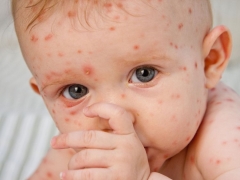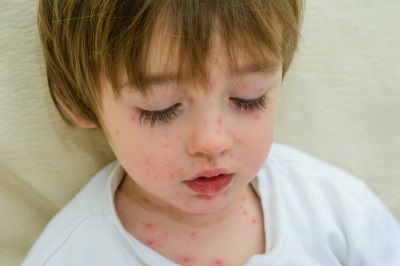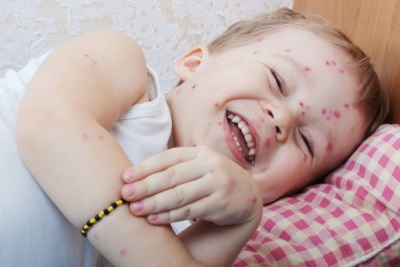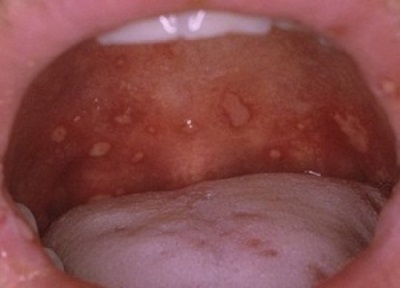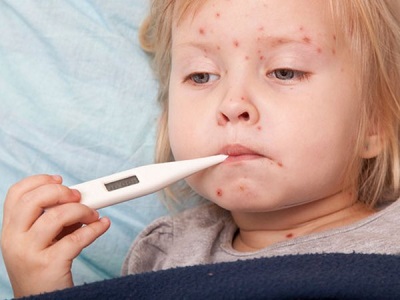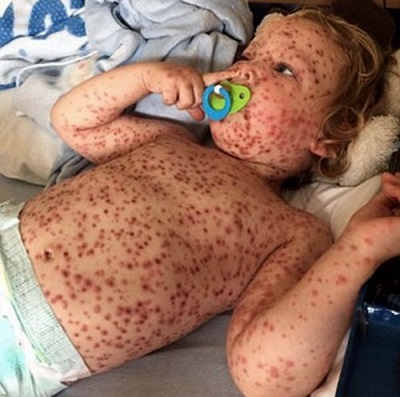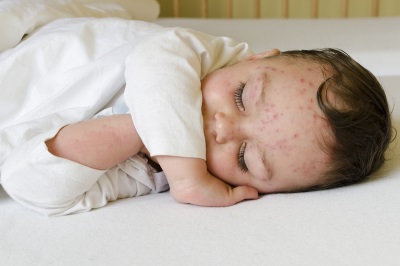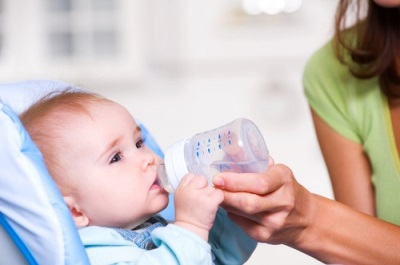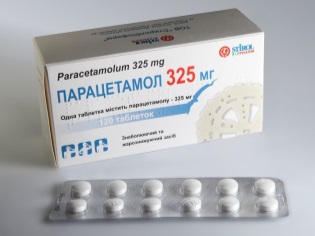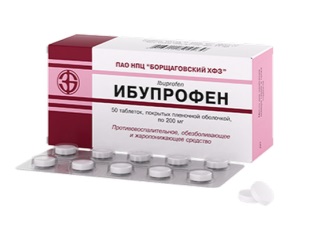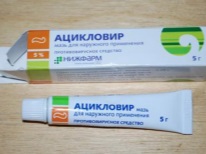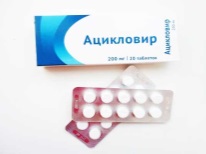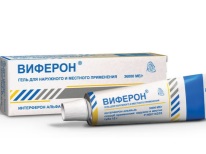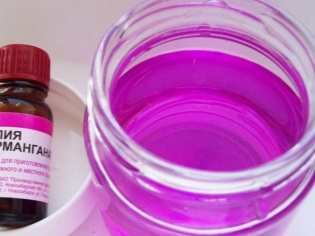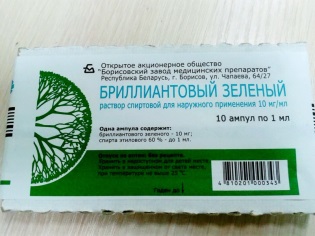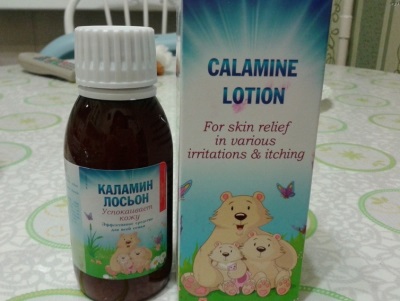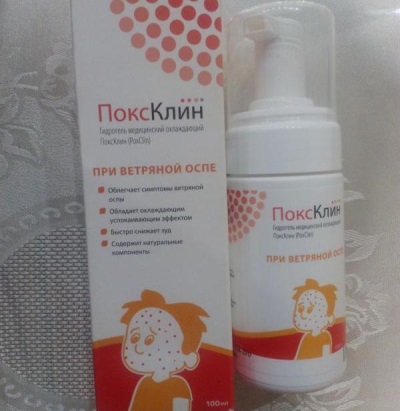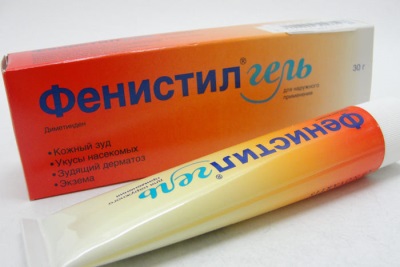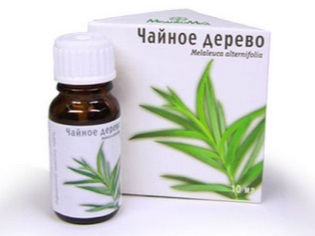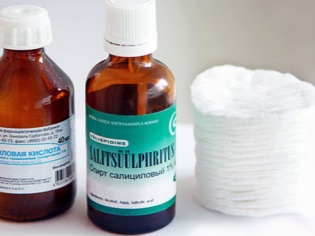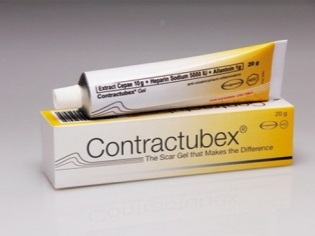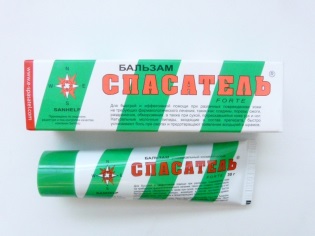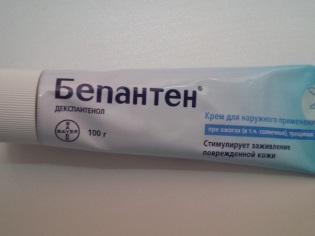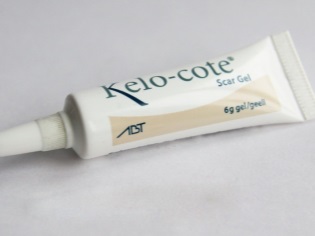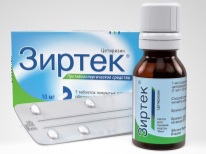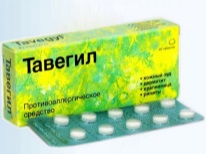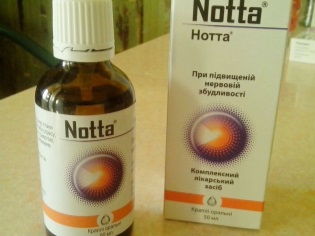What is chickenpox and how to treat it in children?
Most parents of children from 2 to 10 years old are faced with such a common infectious disease as chicken pox. And therefore, every mother needs information about this disease - it does not matter if the child is only 6-8 months old, or he attends kindergarten at the age of 4 or 5 years. Knowledge of chickenpox will be useful even when the child is already grown up and belongs to the age category “teenagers”. What causes this infection, how is it transmitted to healthy children, how does it manifest itself and how to quickly cure chicken pox in childhood?
Chickenpox - what is it?
This infectious disease is caused by the Varicella Zoster virus, which is referred to as herpes viruses. The pathogen of chickenpox is transmitted mainly by airborne droplets from ill people to healthy people without immunity to this virus. Contact and transplacental transmission routes are also possible.
A child with chickenpox becomes contagious a day before the first signs of illness appear (even during the incubation period). Then he continues to excrete a virus with particles of mucus during breathing, coughing or sneezing during the entire period of rash. As soon as the last vesicles appeared on the skin, the child is contagious for another five days, after which he presents no danger to others.
Although the virus is distinguished by its low resistance to various external factors, it dies in the air outside the human body for 10–15 minutes, but it is very volatile (it can fly up to a distance of 20 meters), and its susceptibility is very high. (up to 90%).
Chickenpox often affects children 2-7 years old, and babies up to 6 months of age are protected from the Varicella Zoster virus thanks to antibodies obtained during pregnancy and from a nursing mother (if mom had chickenpox in the past).
The course of the disease in childhood is mainly mild, and children over 10–12 years old and adults often suffer from chicken pox in severe form. They have such complications as encephalitis, pneumonia, skin infection and others.
Those who have suffered chickenpox acquire lifelong immunity to this infection. Repeated infections are extremely rare.
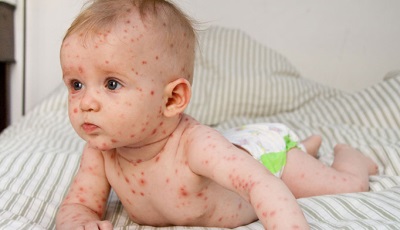
At the same time, the virus itself after recovery from the body does not disappear anywhere.
It has been in the tissues of the nervous system for a long time, and in 15% of adults (mostly in old age) it may manifest itself as a disease called “herpes zoster”.
Symptoms
First signs varicella occurs in children 14 days after contact with the source of the virus, although in different children the duration of the incubation period can vary from 7 days to 21 days. According to the first symptoms, it is almost impossible to determine that a child has chicken pox. They are traditional for many viral infections signs of malaise - headache, weakness, sore throat, poor appetite, increased moodiness, and so on.
However, rather quickly, the child's body temperature rises, and a rash begins to appear on the skin.
The severity of the fever and the profusion of the rash depends on the course of the infection. If it is a mild form, then the temperature may remain normal, and the rash will be represented by a small number of elements. With a more severe course, the temperature rises higher (sometimes up to 40 ° C), and a rash can thickly cover not only the skin, but also appear on the mucous membranes.
At first time, varicella eruptions are represented by spots that turn into papules (they look like insect bites in appearance), and then rather quickly become very itchy blisters.
Inside such single-chamber bubbles there is a clear liquid. Soon it becomes cloudy, the bubble bursts, and a crust forms on top. The skin beneath it heals within 1-2 weeks, after which the crust disappears, leaving no traces.
Rash and symptoms of intoxication are the main symptoms of chickenpox. Cough and runny nose for chicken pox are not typical. If the virus infects the mucous membrane of the eyes, the child will have conjunctivitis, and with the appearance of bubbles on the oral mucosa increases the risk of developing stomatitis.
The average number of pimples on the skin is 250. But with a light form of chickenpox, their number can be less than 10, and with severe - up to 1500. At the same time, vesicles are considered not only on the skin, but also on the mucous membranes.
For more on this, see the transfer of Dr. Komarovsky.
When to call a doctor
Make a call to the pediatrician should immediately, as soon as the body of the child had a rash, characteristic of chickenpox, to clarify the diagnosis. Experienced pediatrician just look at the skin of the baby to accurately determine chicken pox.
It is also important to call a doctor if:
- The child has a high fever, which is difficult to reduce with antipyretic drugs.
- The rash is represented by a large number of bubbles and the child is worried about severe itching.
- Rash appeared in the eyes, in the throat or in the groin (on the genitals).
- The kid complains of a severe headache, looks drowsy, he has confused thoughts, a sharp reaction to bright light, or vomiting repeats.
- The child has a cough or has difficulty breathing.
- Large windmill bubbles are hot and red.
- 2 weeks have passed since the onset of the disease, and the rash has not healed.
Diagnostics
In most cases, chicken pox is diagnosed based on an external examination of the child and his complaints. But, as a blister rash can be a symptom of other infections, the doctor must rule out parasitic diseases, shingles, insect bites, and allergies.
If in doubt about the diagnosis, the child will be sent to donate blood. In the first days of the disease, the virus itself can be detected by PCR analysis (it determines the pathogen DNA), and from 4-7 days after the onset of the disease, antibodies to chickenpox accumulate in the child’s blood, which are determined by blood ELISA (IgM is detected).
How to treat children with chickenpox
Most babies infected with chickenpox are treated in home conditions. The patient is isolated from healthy people who have not had such an infection before, because for some categories (pregnant women, patients with immunodeficiency and others), chicken pox is a great danger. Contacts with other people, as well as walks, are allowed from the fifth day after the appearance of the last vesicles on the skin.
The duration of treatment for chickenpox is determined by the severity of the disease, so the questions “can it be cured in 2 days?” Or “will the child be healthy in a week?” Is difficult to answer.
Some children need only a few days of treatment at home to improve their condition, and someone suffers an infection so hard that as a result he goes to the hospital.
Mode
A child who has chickenpox with fever should be in bed. If the temperature rise is insignificant or the indicator is within the normal range, bed restraint is not necessary, but the motor activity should be limited.
The room in which the sick baby is located should be aired and cleaned frequently, as this helps to destroy the Varicella Zoster virus and prevent infection of other household members. The temperature conditions in the room should be comfortable. It is important to avoid overheating, as sweating intensifies itchy skin.
Nutrition
The baby with chickenpox should be offered nutritious, but light meals that will not irritate the digestive tract. Porridge, steamed meat or fish dishes, sour-milk drinks, soups, vegetable and fruit dishes will be a good option. In the menu of the sick kid should not be fried, spicy, smoked. Heavy for digesting food at the time of illness, too, should be excluded.
Drinking mode
Children with chickenpox are recommended to drink plenty of fluids.
Babies are given more pure water, dogrose broth, weak tea, fruit drink, unsweetened compote and other drinks. A sufficient volume of liquid will contribute to the active elimination of toxins, which will well affect the condition of the child.
Hygiene
To prevent the ingestion of bacteria in the vesicle, it is important to monitor the baby's hygiene. Bed linen should be changed daily, and underwear should be changed several times a day. All underwear that comes in contact with the skin of a patient with chickenpox must be made from natural fibers (cotton).
To prevent the child from combing bubbles, you need:
- Short cut the baby's nails.
- If we are talking about a baby up to a year, then wear gloves or cotton socks on its pens.
- Often wash baby pens.
- Distract the child when he tries to scratch the rash.
To reduce itching, frequent baths (up to 6 times a day) in warm water are recommended. At the same time, bathing should not be long (1-3 minutes is enough), rubbing the skin with a washcloth or using detergents is prohibited, and after bathing the skin should not be wiped off, but easily soaked with a soft cloth. Bathing is not recommended only with severe fever.
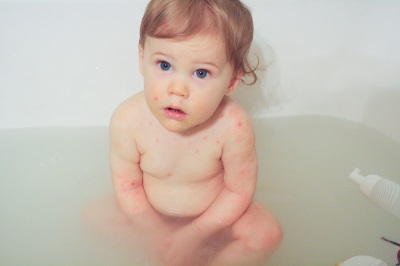
On the baths at the chickenpox says in his transfer to Komarovsky.
Drug treatment
If chicken pox is mild, it is treated symptomatically, affecting only signs that worsen the child’s general condition. In case of a severe form or the development of complications, children are hospitalized and antiherpetic drugs are prescribed.
Antipyretic drugs
If the child needs to bring down the temperature (with the indicator on the thermometer above 38.5 ° C, with the risk of febrile seizures, and in other cases), use drugs with antipyretic effect. Children with chickenpox are given either paracetamol or ibuprofen. Both drugs effectively reduce the temperature and are resolved in children, but their dosage is best agreed with the pediatrician. Application aspirin with chickenpox is contraindicated.
Antiviral drugs
Medicines with antiviral effects are used in the treatment of chickenpox in children very rarely, because these drugs often cause side effects, and with a mild course they are not needed.
Antiherpetic drugs are prescribed mainly for severe varicella. Most often, children are given acyclovirwhich is used both in tablet form and in the form of intravenous injections. There is also a cream and ointment with acyclovir, which lubricates the rash.
In order to reduce the activity of the virus, interferon-containing preparations can be given to children. The most common is Viferon, which is produced in the form of a gel (used from birth) and ointment (used in children older than a year). The use of this medication helps reduce the risk of chickenpox complications in children.
Local preparations
With chickenpox, great attention is paid to local treatment.
It aims to:
- Reducing itching.
- Acceleration of regeneration processes.
- Protect affected skin from bacteria.
Now they use a lot of drugs for treating chickenpox rash, so there’s no problem than treating other than Zelenka. However, many parents use aniline dyes in the old fashioned way, choosing either brilliant green or fukortsin. Antiseptics such as potassium permanganate (a slightly pink liquid is prepared from it) and hydrogen peroxide are also in demand.
Great demand and good reviews have earned and various colorless solutions, gels, ointments and creams, the use of which does not stain clothes and does not cause a negative reaction in kids.
When choosing how to treat a child’s skin with chickenpox, they most often stop at such means:
- Calamine. The tool is in demand due to the natural composition and effective relief from itching. This lotion is approved for use from birth.
- Tsindol. The drug is a suspension of zinc oxide, so it dries the skin well and protects it from infection. This talker can be used in infants.
- Poxclin This hydrogel includes extracts of aloe vera, chamomile and lavender, as well as panthenol, betaine and allantoin. It is able to accelerate the healing of the skin and prevent the penetration of bacteria into the wounds. The advantages of the tool are also its easy application, the absence of alcohol in the composition, quick effect and the ability to apply many times (no addiction). This gel can be used with chickenpox in children older than 2 years.
- Fenistil. This antihistamine in gel form effectively removes puffiness of the skin and combats itching. It can be used from 1 month.
For quicker healing, chickenpox vesicles are sometimes smeared with salicylic alcohol or tea tree oil.
For the treatment of lesions on the tongue, on the soft palate and on other parts of the oral mucosa, rinsing with a solution of furatsilin or miramistin is recommended.
With severe soreness of wounds in the mouth You can use anesthetic gels, for example, Kamistadom. To speed up their healing, sea buckthorn oil treatment is also applied.
If while combing and entering into wounds of infection as a result, traces (scars) were formed, use modern preparations that help to eliminate them. These include Contratubex, Bepanten, Dermatiks, Rescuer, Medgel, Mederma, Kelo-Kot and cocoa butter.
Antihistamines
If the chickenpox rash in a child is very itchy, you can consult with your pediatrician about taking antihistamines. Such drugs reduce swelling and itching of the skin, and also have some sedative effect. Children can assign Diazolin, Suprastin, Zyrtec, Tavegil, Loratadine and other drugs in this group.
Sedatives
Due to severe itching and intoxication, babies with chicken pox are easily excitable and capricious, so they can be given remedies with a sedative effect. The most commonly used homeopathy or preparations based on plant materials, for example, drops Nott, pills Nervohel or drops Valerianachel.
Folk remedies
From popular recipes in the treatment of chickenpox can be applied:
- Bath oatmeal or cornstarch. For this procedure, a glass of oatmeal or two glasses of starch is combined with three glasses of cool water, then added to the bath. Bathing in such a bath will help soothe the skin and relieve itching.
- Bath with infusion of yarrow. Brewing 200 g of dried plants with 5 liters of water, pour the infusion into the bath after three hours. Bathe the child no more than 15 minutes.
- Rinsing the mouth with herbal decoction, for example, sage infusion, for which 20 g of dry raw materials are brewed with two cups of boiling water. Infused for half an hour, the liquid is filtered and used for rinsing the mouth to relieve itching.
- Skin treatment with soda solution. By stirring the soda in warm water, this means a point-like blister rash is treated, which makes it less itchy and a little dry.
- Intake of decoctions of chamomile or mint. Such natural remedies will help calm the child.
Most pediatricians do not consider it important to add any agent to the bath. The main thing is bathing a child in clear water. You can watch Dr. Komarovsky’s video about this, located in the “Hygiene” section of this article.
You can learn from Dr. Komarovsky’s opinion about treating chickenpox from his transmission.
